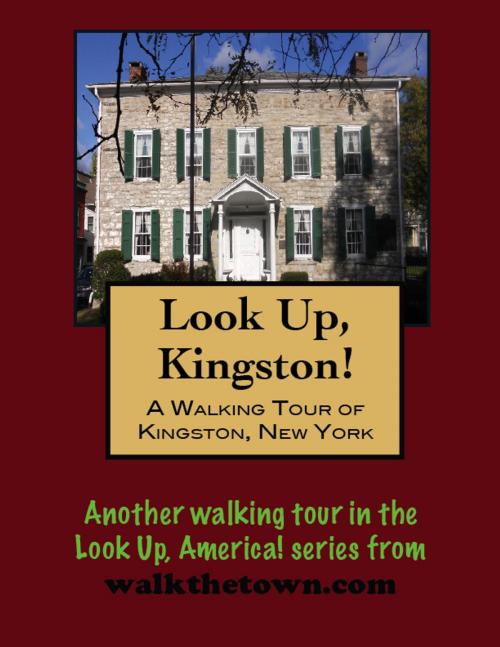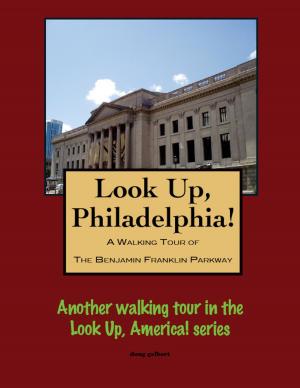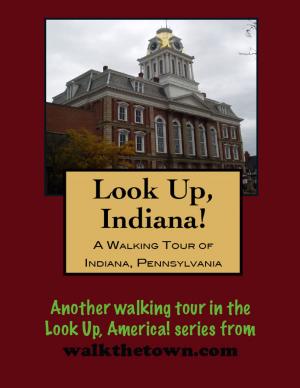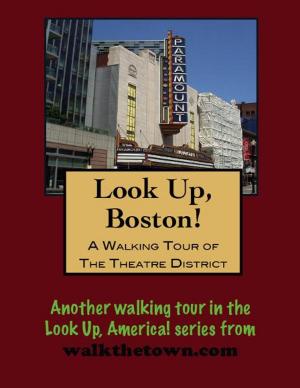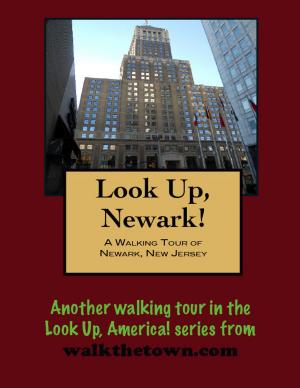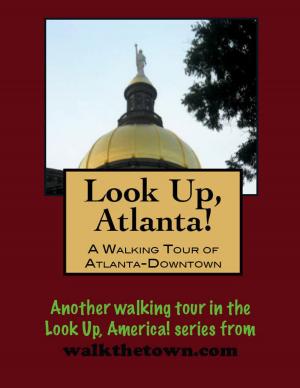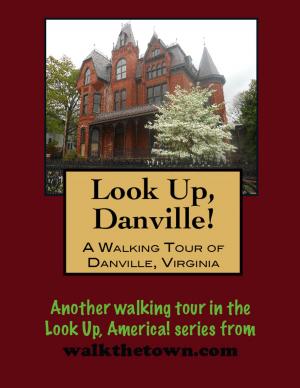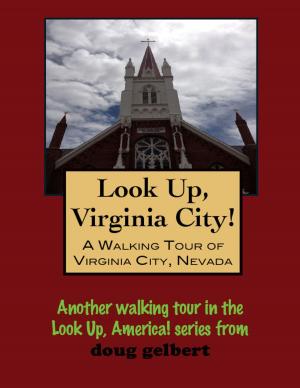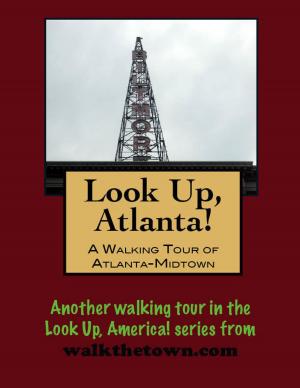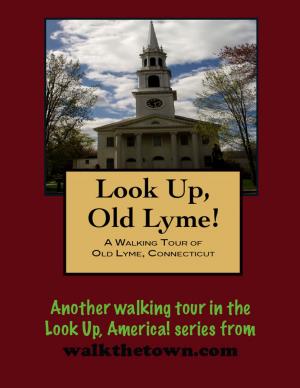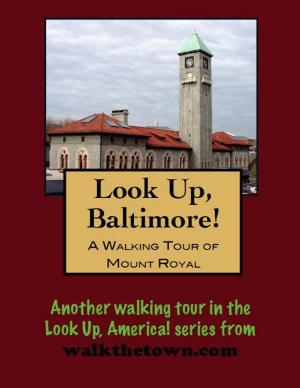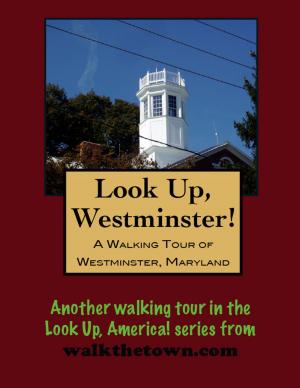| Author: | Doug Gelbert | ISBN: | 9781458132734 |
| Publisher: | Doug Gelbert | Publication: | January 31, 2011 |
| Imprint: | Smashwords Edition | Language: | English |
| Author: | Doug Gelbert |
| ISBN: | 9781458132734 |
| Publisher: | Doug Gelbert |
| Publication: | January 31, 2011 |
| Imprint: | Smashwords Edition |
| Language: | English |
There is no better way to see America than on foot. And there is no better way to appreciate what you are looking at than with a walking tour. Whether you are preparing for a road trip or just out to look at your own town in a new way, a downloadable walking tour is ready to explore when you are.
Each walking tour describes historical and architectural landmarks and provides pictures to help out when those pesky street addresses are missing. Every tour also includes a quick primer on identifying architectural styles seen on American streets.
Between the main Dutch trading post of New Amsterdam on Manhattan Island and the distant outpost of Fort Orange in today’s Albany was a third 17th century settlement called Wiltwyck, Dutch for “wild woods.” The wildness in the woods turned out to come mostly from the local Esopus Indians and after a few unpleasant incidents the leader of the Dutch colony, Peter Stuyvesant, built a stockade of eight-foot palisades to protect the settlers. The village remained under Dutch rule for only a dozen years before the English took over and renamed the place Kingston. Although it was no longer needed, the wooden wall remained standing until almost 1700.
As the American Revolution flared Kingston became known as “the breadbasket of the Revolution” as area farmers supplied the Continental Army with wheat. In September 1777 the nascent New York State Assembly met in a stone house to draw up a new constitution and Kingston briefly became New York State’s first capital. On October 7 the legislature disbanded before the advance of a British force under General William Clinton on the way to meet troops coming down from Canada. Seeing a chance to punish Kingston, Clinton landed and put the torch to every house in the village - some 200 structures - but one. The evacuated residents returned and quickly set about rebuilding their limestone houses, many of which stand today.
In 1805, Kingston was incorporated as a village. In 1828 the Delaware and Hudson Canal opened, reaching back 107 miles to the coal fields of northeast Pennsylvania. Valuable anthracite coal shipments arrived in the town of Rondout, now a part of Kingston, which became an important freight hub as the terminus of the canal on the Hudson River. Also shipping out of Kingston was native bluestone used to create the sidewalks of New York City. The dominant industry in town was cement-making after deposits began being quarried throughout the valley. Cement production reached its peak about 1900, when Kingston produced 3,000,000 barrels annually. In the winter ice was cut from the Hudson River and stored in large warehouses in town to be shipped throughout the year.
Kingston has evolved into distinct neighborhoods. The uptown area, the Stockade District, and the downtown area where the village of Rondout was located are the main ones. Our explorations will take place in the stockade area bounded by Green Street, Main Street, Clinton Avenue and North Front Street but first we’ll begin in a spot that was just outside the 1658 stockade where Peter Stuyvesant met with the leaders of the local Esopus Indians...
There is no better way to see America than on foot. And there is no better way to appreciate what you are looking at than with a walking tour. Whether you are preparing for a road trip or just out to look at your own town in a new way, a downloadable walking tour is ready to explore when you are.
Each walking tour describes historical and architectural landmarks and provides pictures to help out when those pesky street addresses are missing. Every tour also includes a quick primer on identifying architectural styles seen on American streets.
Between the main Dutch trading post of New Amsterdam on Manhattan Island and the distant outpost of Fort Orange in today’s Albany was a third 17th century settlement called Wiltwyck, Dutch for “wild woods.” The wildness in the woods turned out to come mostly from the local Esopus Indians and after a few unpleasant incidents the leader of the Dutch colony, Peter Stuyvesant, built a stockade of eight-foot palisades to protect the settlers. The village remained under Dutch rule for only a dozen years before the English took over and renamed the place Kingston. Although it was no longer needed, the wooden wall remained standing until almost 1700.
As the American Revolution flared Kingston became known as “the breadbasket of the Revolution” as area farmers supplied the Continental Army with wheat. In September 1777 the nascent New York State Assembly met in a stone house to draw up a new constitution and Kingston briefly became New York State’s first capital. On October 7 the legislature disbanded before the advance of a British force under General William Clinton on the way to meet troops coming down from Canada. Seeing a chance to punish Kingston, Clinton landed and put the torch to every house in the village - some 200 structures - but one. The evacuated residents returned and quickly set about rebuilding their limestone houses, many of which stand today.
In 1805, Kingston was incorporated as a village. In 1828 the Delaware and Hudson Canal opened, reaching back 107 miles to the coal fields of northeast Pennsylvania. Valuable anthracite coal shipments arrived in the town of Rondout, now a part of Kingston, which became an important freight hub as the terminus of the canal on the Hudson River. Also shipping out of Kingston was native bluestone used to create the sidewalks of New York City. The dominant industry in town was cement-making after deposits began being quarried throughout the valley. Cement production reached its peak about 1900, when Kingston produced 3,000,000 barrels annually. In the winter ice was cut from the Hudson River and stored in large warehouses in town to be shipped throughout the year.
Kingston has evolved into distinct neighborhoods. The uptown area, the Stockade District, and the downtown area where the village of Rondout was located are the main ones. Our explorations will take place in the stockade area bounded by Green Street, Main Street, Clinton Avenue and North Front Street but first we’ll begin in a spot that was just outside the 1658 stockade where Peter Stuyvesant met with the leaders of the local Esopus Indians...
